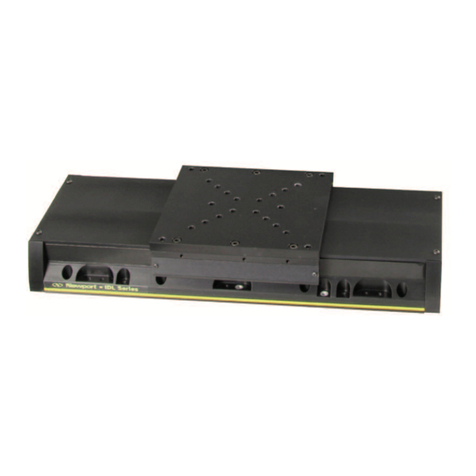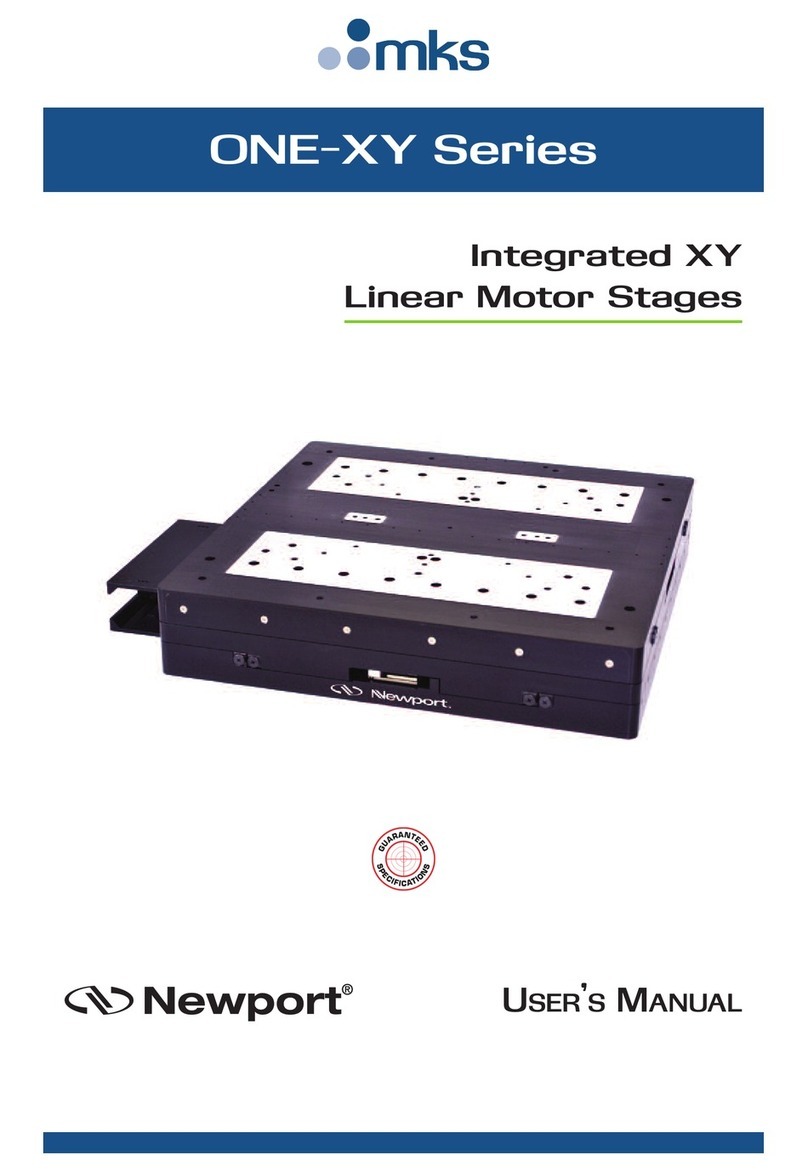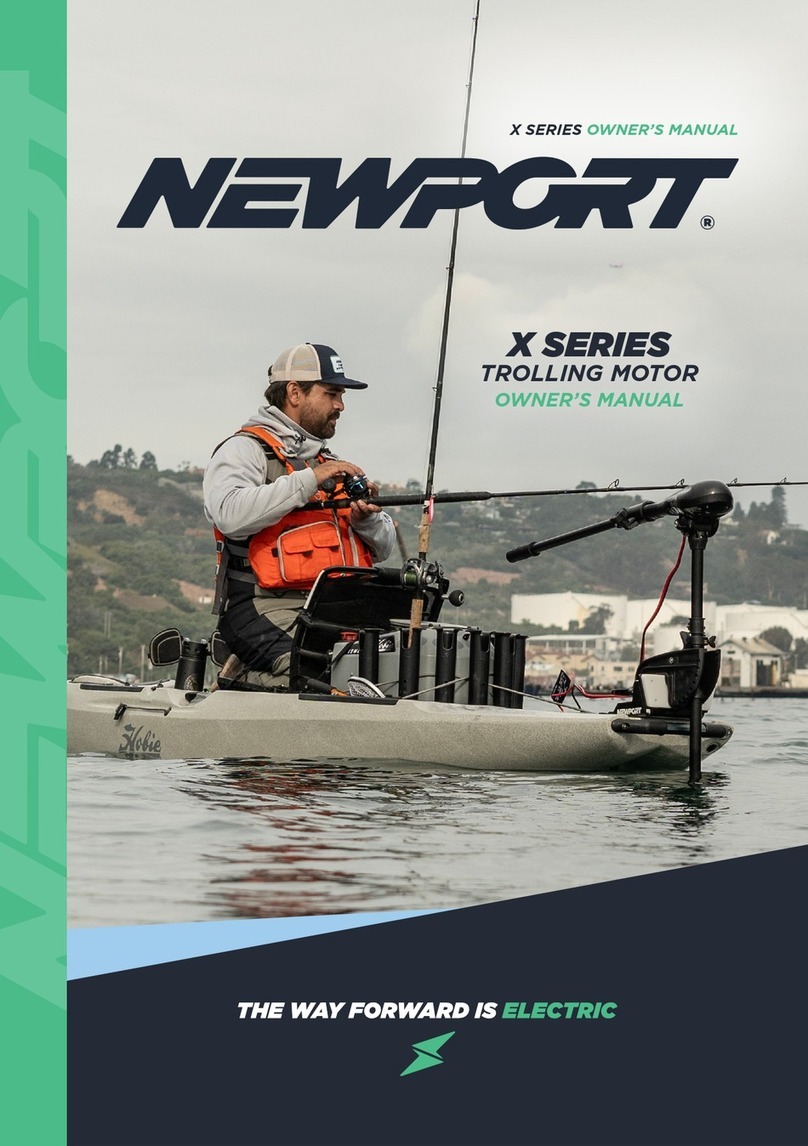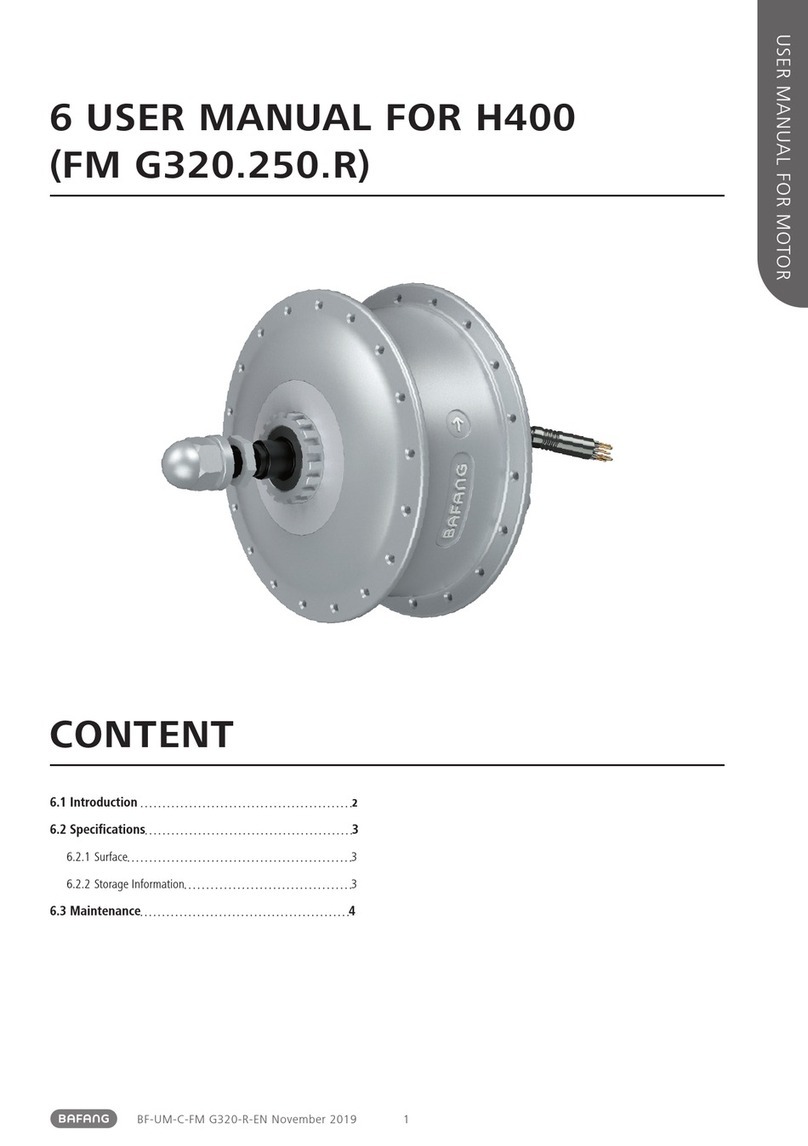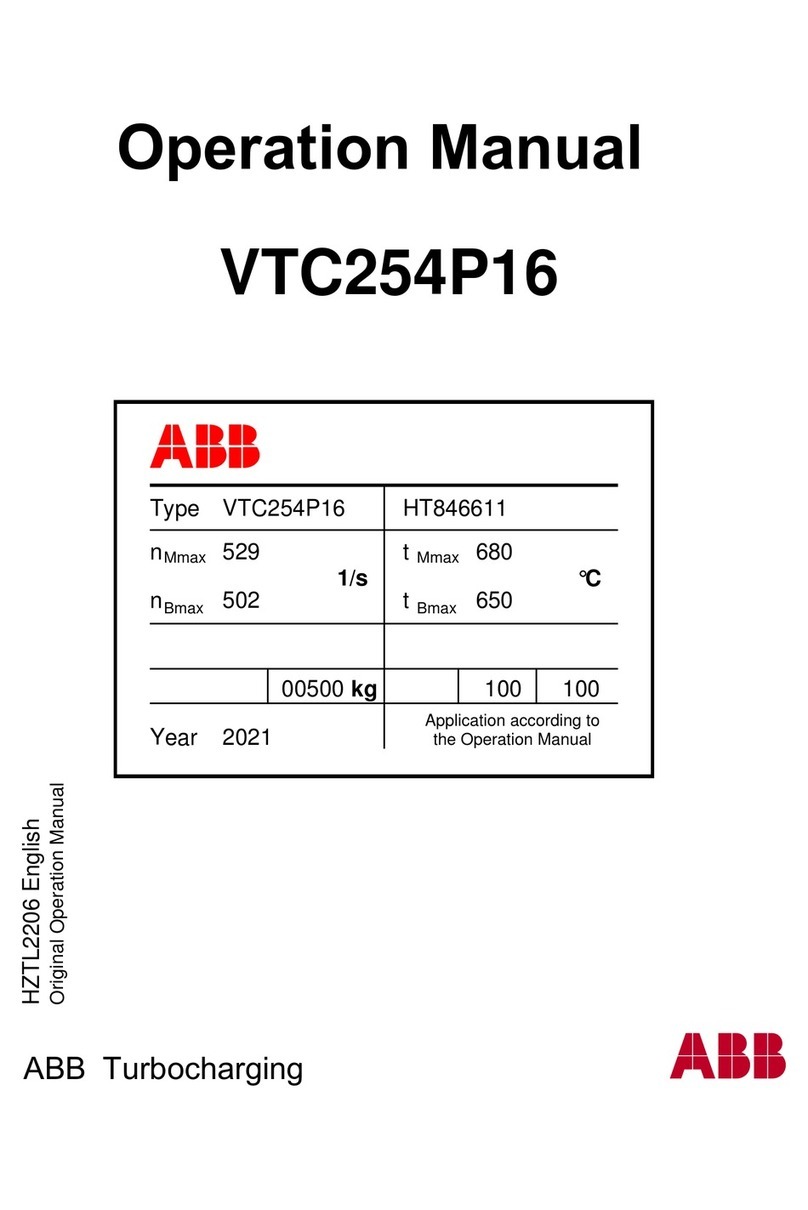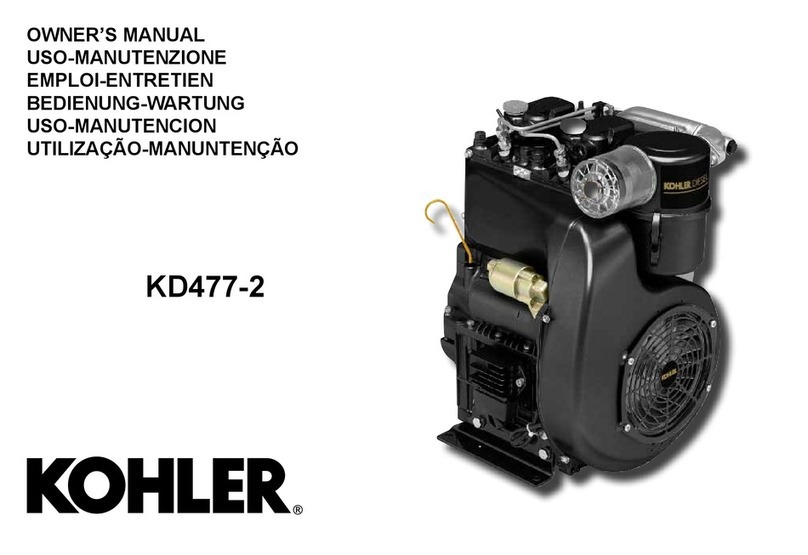Newport NK180 User manual

Kayak Motor
NK180
User’s Manual
Please read and retain this manual before using product

2
Contents
1 Product Overview .......................................... 5
1.1 Product Identification ................................... 5
1.2 Included in Your Box..................................... 6
1.3 Parts and Diagrams ..................................... 8
1.3.1 Motor and Bracket .................................. 8
1.3.2 Speed Controller.................................... 9
1.3.3 Controller Screen Display............................ 9
2 Technical Data ............................................ 10
3 Safety Information......................................... 11
3.1 Critical Safety Information............................... 11
3.2 Before Use ............................................. 13
3.3 During Use ............................................. 13
3.4 After Use ............................................... 14
4 Installation ................................................ 14
4.1 Installation of the Bracket .............................. 14
4.1.1 Installation Using Existing Threaded Inserts ........... 14
4.1.2 Installation With Drilling Holes Using a Template....... 15
4.1.3 Installation With an Adapting Plate ................... 16
4.2 Installation of the Motor Propeller ...................... 17
4.3 Setting up Your Steering................................ 18

3
4.3.1 Setup With Control Cords at the Top.................. 19
4.3.2 Setup With Control Cords at the Bottom .............. 21
4.3.3 Inserting the Motor Supporting Drum in the Bracket ... 23
4.3.4 Adjusting Motor Depth of Water After Setup........... 24
4.3.5 Connecting the Cords .............................. 24
4.3.5.1 Cables to Control the Direction ................. 24
4.3.5.2 Cable to Perform Reverse Lock ................ 25
4.3.5.3 Cable to Lift the Motor........................ 26
4.4 Complete the Cord Setup............................... 27
4.5 Using External Steering System ........................ 28
4.6 Adjust the Motor Trim Angle ............................ 29
4.7 Connect to the Speed Controller ........................ 30
4.8 Connect to the Battery ................................. 30
5 Controller Display......................................... 31
5.1 Overview of Multi-Function Display..................... 31
5.2 Battery Display ........................................ 32
5.2.1 Estimated Percent of Remaining Battery Power ....... 32
5.2.2 Switching Between Battery Types ................... 33
5.3 Error Status Display .................................... 34
5.4 Error Codes and Solutions .............................. 35
6 Operation .................................................. 37
6.1 Start the Motor ......................................... 37
6.2 Travel Forward/Reverse ................................ 39
6.3 Steering the Motor ..................................... 40
6.4 Emergency Stop........................................ 41

4
6.5 Stopping the Motor..................................... 42
6.6 Tilting the Motor........................................ 42
6.7 Finishing the Trip ....................................... 43
6.8 Stow and Park the Motor ............................... 43
6.9 Remove the Motor From the Kayak . . . . . . . . . . . . . . . . . . . . . 44
7 Care and Service.......................................... 45
7.1 Care of Motor Components ............................. 45
7.2 Corrosion Protection.................................... 45
7.3 Care of Battery Usage .................................. 45
7.4 Replacing the Fin....................................... 46
8 Customer Support ........................................ 47

5
1 Product Overview
The Kayak Motor NK180 is designed using the latest DC motor
technology and optimized to deliver high efficiency in a compact
package. The propulsive power of the NK180 is roughly equivalent to
a 1.8hp petrol outboard motor, but with silent and emission
free power delivery. Additionally, it is signicantly lighter than a
conventional trolling motor, making it the perfect upgrade for your
kayak.
The Kayak Motor NK180 is also compatible with conventional 24V
deep cycle batteries, 24V LFP lithium battery, and 25.9V lithium cobalt
oxide batteries. The battery type can be changed at the press of a
button.
1.1 Product Identication
Check the gure below to nd the serial number of your product. You
will need this as a reference to access after-sale services.
Product Serial Number

6
1.2 Included in Your Box
Here is what should be included in your Kayak Motor NK180. Please
contact us directly if something is missing from this list of contents.
Items Qty Figure
Motor Unit 1 pc
Controller 1 pc
Motor Mount 1 pc

7
Items Qty Figure
Steering Triangle 1 pc
Clamp Ring 1 pc
Cable Handle 2 pcs
Emergency Stop Key 2 pcs
Swing Arm 1 pc
S Biner 2 pcs
Stainless Biner 2 pcs
Battery Extention Cable 1 set
Nylon Cable 1 set
Steering Cable 1 set
Installation Kit 1 set
User Manual 1 pc

8
1.3 Parts and Diagrams
1.3.1 Motor and Bracket
S Biner and cord
for lifting the motor
S Biner and cord
for reverse lock
Handle
Battery and control
box connection
Swing arm
Steering triangle
Motor
supporting drum
Clamping ring
Motor shaft
Propeller
Fin
Motor
Aluminum bracket
Quick release
axle with handle
Trim mechanism

9
1.3.2 Speed Controller
1.3.3 Controller Screen Display
Accelerator lever
Battery type
selection button
Power button
Screen display
Emergency
stop key
Power input
display
Battery type
selection button
Power button
Battery type
display
Battery
percentage
display
Battery voltage
display
Throttle
percentage
display

10
2 Technical Data
Specication
Rated Input Power(static) 600W/25A
Comparable Petrol Outboard 1.8 HP
Battery Type
•Deep cycle marine battery
•LFP lithium battery
•Lithium cobalt oxide battery
Battery Input voltage
•24V-Deep cycle marine battery
•24V-LFP Lithium battery
•25.9V-Lithium cobalt oxide battery
Max. Overall Eciency 48%
Max. Propeller Rotational Speed 1800 rpm
Package Dimension(L-W-H) 31.5 x 15.4 x 6.3 in. (80 x 39 x 16 cm)
Total Weight 14.3 lbs (6.5kg)
Shaft Length 19.7 in. (50 cm)
Steering Cable steering
Control Method Digital control with accelerator lever
Stow Method Cable lift
Trim Angle 0°, 9°, 18°, 27°
Propeller Diameter 5.9 in. (15 cm)

11
3 Safety Information
3.1 Critical Safety Information
Please read all safety information before installing or operating your
electric motor. Severe injury, damage, or even death can occur as a
result of improper usage.
There is a risk of death or severe injury from
electric shock- use caution and do not touch any uninsulated wires
or damaged parts.
Do not use damaged batteries.
If wiring is frayed or broken, do not touch it.
If repair work is needed to the electrical components of your product,
do not attempt to do it yourself.
If there is any problem with the system, turn o the power
immediately and avoid touching the metal components.
There is a risk of explosion which could result
in death, serious injury, or property damage due to the production
of oxyhydrogen gas from the battery.
If the battery becomes submerged in water deeper than one meter
for a short period of time, do not attempt to recover the battery, and
refer to the safety instructions provided by the battery manufacturer.
If the battery has been submerged in shallow water, less than a meter,
for more than 30 minutes, do not attempt to recover the battery, and
refer to the safety instructions provided by the battery manufacturer.
Electromagnetic radiation may cause death or
severe injuries to people with cardiac pacemakers. Those with
pacemakers should not get too close to the motor and should
consult their physician about the proper distance for safety.

12
Batteries can cause severe physical harm or
even death in many dierent ways. Always read and follow all safety
guidelines and instructions provided by your battery manufacturer.
Never use third-party chargers for batteries, it could start a re.
If the battery catches re during use, use water to cool the battery
and prevent re from spreading; however water will not extinguish a
lithium re- if possible, use sand to smother the re.
There is inherent danger in using a boat-
always prepare for the unexpected. A boat which is out of control
can easily result in severe injuries or death by drowning.
Always check weather predictions and water conditions before a
trip on the water, and also familiarize yourself with a map of the area
you’ll be traversing.
Depending on the size of your boat, make sure you bring any proper
safety equipment. Paddle(s) and a communication device are a must
for any size of boat, and if appropriate, also bring an anchor and
extra drive.
Always check your motor and system for any damage and ensure
they are running properly before leaving the dock.
Use caution around rotating components to
avoid possible injury or even death.
Do not wear loose clothing or jewelry near the motor shaft or
propeller and tie up long hair.
Never attempt maintenance or cleaning of the motor shaft or
propeller without rst shutting o the system.
Power down the motor when there are people too near the propeller
or motor shaft.
Do not use the propeller out of the water.

13
3.2 Before Use
•This motor should only be operated by an adult who has thorough
understanding and command of the motor, including steering
functions, emergency stop switch, and throttle.
•Always operate your boat and this motor in compliance with local
safety regulations.
•Always carry a paddle on board at all times, especially when using
an electric motor as your primary method of propulsion.
•All passengers should wear approved life jackets at all times.
•Check the status and condition of your motor and battery before
each trip. We recommend starting every trip with a full battery
charge.
•Do not operate the motor outside of the water.
•Do not modify the motor with non-original parts.
3.3 During Use
•Stop the motor immediately if someone is over board.
•Propellers are dangerous- use extra caution when operating the
motor near areas where people may swim. Always be alert and
aware of your surroundings when operating the motor.
•Do not exceed the recommended loading and power limitations of
your boat as suggested by its manufacturer.
Parts may be hot enough to cause burns. Do
not touch the components or battery immediately after use; allow to
cool suciently before handling the components.
Danger of crushing when tilting the motor-
keep ngers, hands, and all body parts away from mechanical parts
and the area of the motor when tilting the motor.

14
3.4 After Use
•Disconnect the motor from the battery after use.
•Flush the motor carefully with freshwater after each usage,
especially after use in saltwater.
•Do NOT carry the kayak/boat by lifting with the bracket. This can
cause damage to the boat and potentially to the bracket.
4 Installation
Installation Overview: The next several pages will give you detailed
instruction on how to install your motor, one piece at a time. Please
read all instructions carefully and refer to the diagrams.
4.1 Installation of the Bracket
First, remove the motor supporting drum from the bracket by opening
the quick release lever and slightly loosening the bolt on the quick
release axle.
4.1.1 Installation Using Existing Threaded Inserts
1. Place the bracket above the threaded inserts, align the holes on
the bracket with threaded inserts
M8 screw
M8 washer

15
2. Place four M8 screws and four washers over the threaded inserts,
as shown in the diagram above, and tighten the screws to mount
the bracket. Make sure the screws are tightened and the bracket is
ush and secure.
NOTE: We recommend applying torque of 140 in-lb (16Nm) to the
screws.
4.1.2 Installation With Drilling Holes Using a Template
1. Find a proper location on your boat to drill holes. The typical
suggested location is the end of the boat/kayak.
2. Drill holes 0.31in (8 mm) in diameter.
3. Place the bracket above the drilled holes, align the holes on the
bracket with the drilled holes.
4. Place four M8 screws with washers over the holes, and four
washers with four nuts beneath the holes, and tighten the screws
to secure the bracket. Make sure the screws are tight and the
bracket is ush on the deck and secure.
NOTE: We recommend to apply a torque of 140 in-lb (16Nm) to the
screws.
M8 screw
M8 washer
M8 nut

16
Dierent kayaks may require dierent installation hardware. If your
kayak requires installation hardware other than what is included in
this kit, please nd it at your local hardware store. Newport Vessels
does not carry every possible hardware combination necessary to t
all brands and models of kayaks; however any additional mounting
hardware needed for your individual craft should be standard, easy to
nd, and low-cost.
4.1.3 Installation With an Adapting Plate
1. Place the bracket above the adapting plate and align the holes on
the adapting plate with the holes on the bracket.
2. Place four M8 screws and four washers over the holes, four
washers and four nuts beneath the holes, and tighten the screws
to secure the bracket. Make sure the screws are tight and the
bracket is secure.
3. Install the adapting plate in the intended location and make sure
the adapting plate is correctly installed and secure.
NOTE: We recommend to apply a torque of 140 in-lb (16Nm) to the
screws.
M8 screw
M8 washer
M8 nut

17
4.2 Installation of the Motor Propeller
Before installing the propeller, make sure the battery is disconnected
from the motor, then follow the steps below to nish the setup:
1. Insert the drive pin into the small hole on the motor output shaft.
2. Slide the propeller onto the motor output shaft.
3. Rotate the propeller until the drive pin is seated correctly in the
corresponding channel on the backside of the propeller.
4. Place the washer on the motor shaft after the propeller.
5. Place the M8 hex nut on the shaft and hand tighten it. Once hand
tight, hold the propeller still and use a wrench to tighten the nut
until snug, then rotate the wrench 1/8th turn further.
6. If you’ve followed these steps, it’s not going anywhere.
Drive pin
Propeller
Washer
Hexagonal nut
Do not overtighten the nut, this can bend the
drive pin and cause the propeller to rub against the motor housing.

18
4.3 Setting up Your Steering
Kayaks feature many dierent cable routing systems,while some more
basic models have no cable routing. To add cable routing to your
particular boat, contact the boat manufacturer for recommendations.
Kayak cable routing can generally be broken down into two
categories:cables routed above the deck of the kayak, and cables
routed below the deck of the kayak.
Cables routed above deck will usually demand the steering triangle be
mounted at the top of the shaft. Cables routed below deck will usually
be routed through the back of the boat, which requires you to mount
the steering triangle below the motor supporting drum.
This mount is designed to work with either high or low routing setups
on kayaks equipped with integrated cable routing.
For kayaks with cable routing requiring you to use the high position,
see section Setup with Control Cords at the Top on page 19.
For kayaks with cable routing requiring you to use the low position,
see section Setup with Control Cords at the Bottom on page 21.
In some cases, further tweaks may be required to rene the operation.
See www.newportvessels.com/kayak-motor-cable-routing/ for more
information.

19
4.3.1 Setup With Control Cords at the Top
If you have a kayak setup with control cords running on the top of the
kayak, follow the steps below to nish the motor control cords setup:
1. Assemble the swing arm and steering triangle as shown above,
then insert the screw, washer, and nut as shown and attach
loosely- don’t tighten yet.
2. Place the screw, washer and nut on the clamping ring as gure
shows, connect them loosely and don’t tighten yet.
M6 screw Washer M6 nut
Clamping ring
M6 screw Washer M6 nut
Steering triangle
Swing arm

20
3. Slide the preassembled clamping ring onto the motor shaft.
4. Insert the motor shaft into the motor supporting drum with the
clamping ring below the drum, as shown.
5. Slide the preassembled steering triangle onto the motor shaft
above the drum, as shown.
6. Make sure the steering triangle is aligned with the direction of the
motor. If the triangle is an arrow, it should point towards the front
of the boat, while the propeller should face back.
7. Tighten the screws on the clamping ring and the steering triangle.
In this setup, the steering triangle determines the depth of the motor.
Make sure the propeller can be at least 2 inches (5 cm) below the
water surface.
Motor supporting drum
Clamping ring
Motor shaft
Steering triangle
Swing arm
Direction cords at the top
Table of contents
Other Newport Engine manuals
Popular Engine manuals by other brands
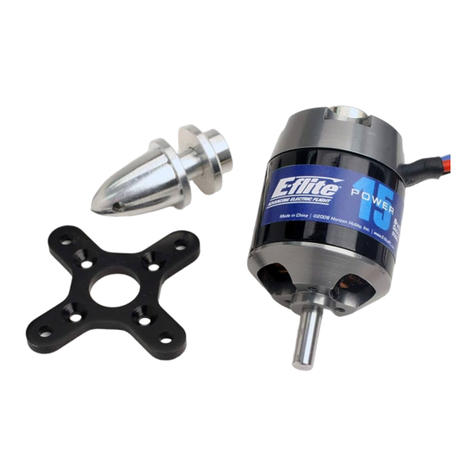
E-FLITE
E-FLITE EFLM4015A instructions
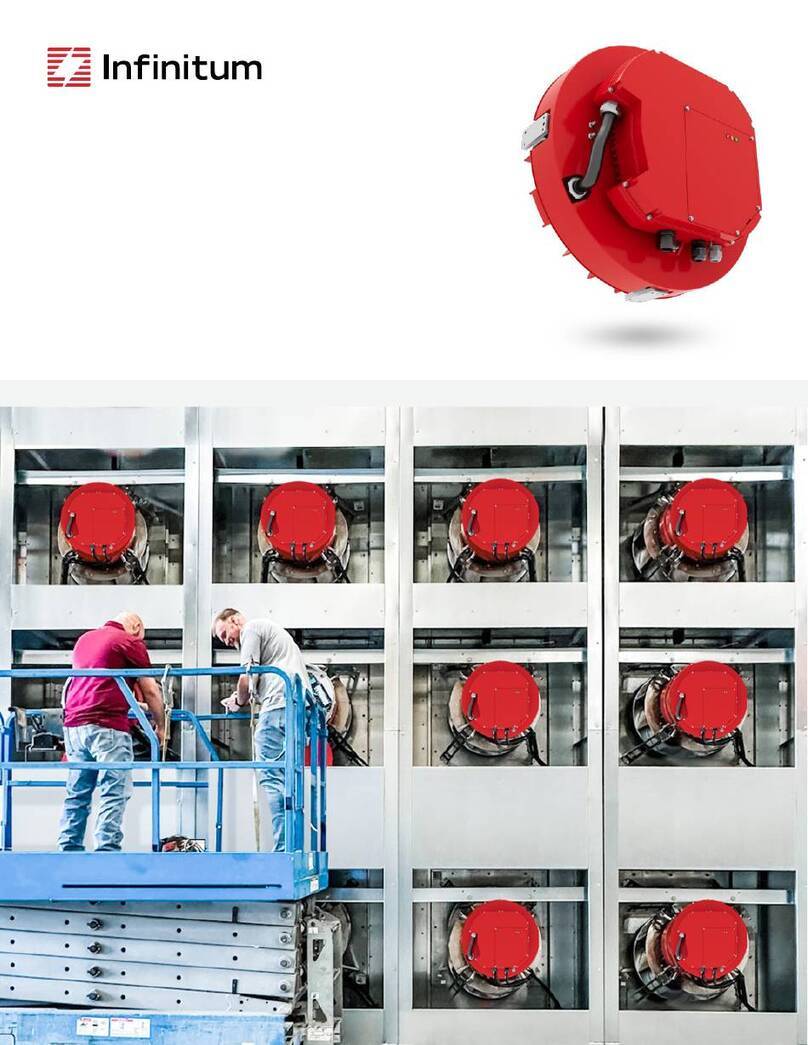
Infinitum
Infinitum Aircore EC Installation, operation & maintenance manual

Briggs & Stratton
Briggs & Stratton 124T00 Series Illustrated parts list
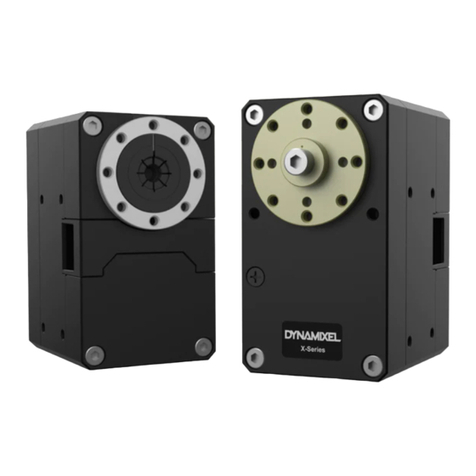
AMS
AMS XM540-W270-T/R Specifications
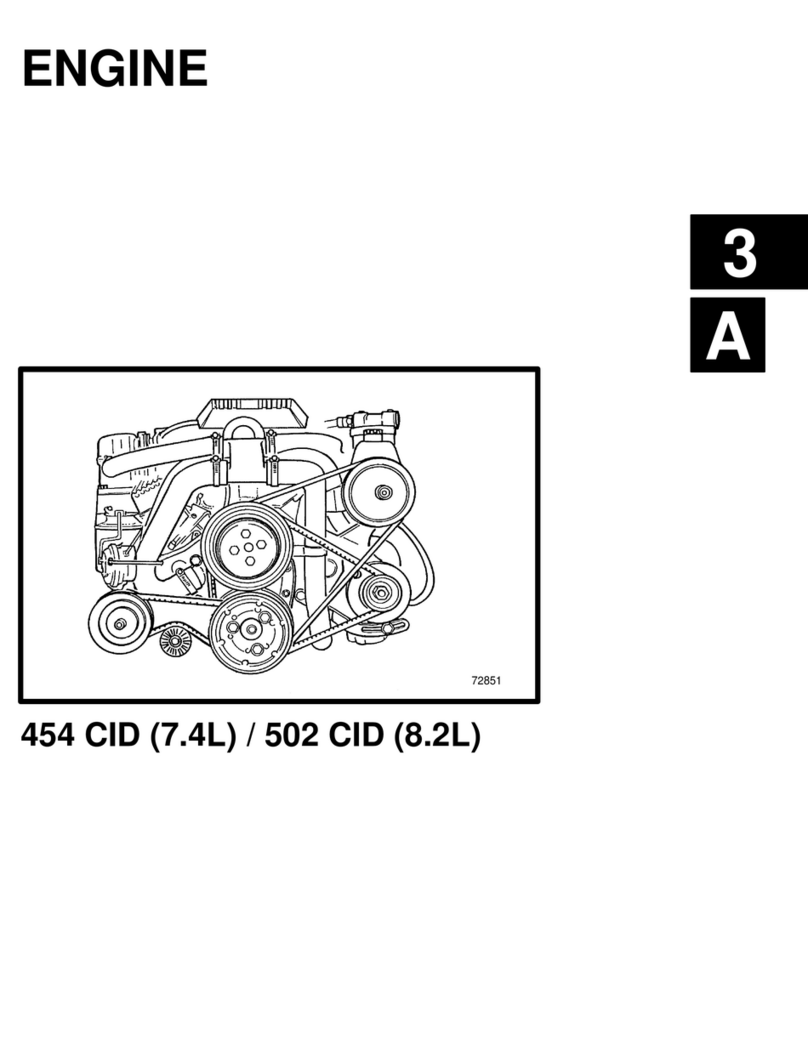
MerCruiser
MerCruiser 454 MAGNUM manual

Volvo Penta
Volvo Penta TWD1643GE Operator's manual
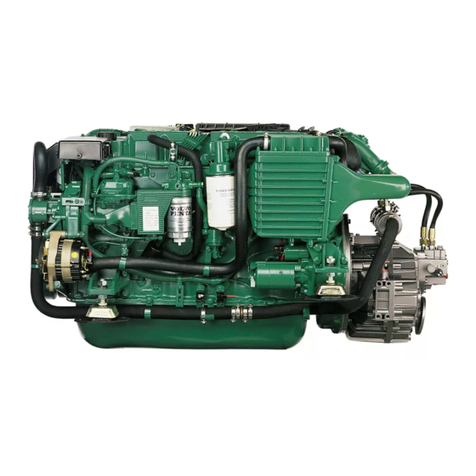
Volvo Penta
Volvo Penta KAD/KAMD44P Operator's manual

Yanmar
Yanmar 3TNM74F Service manual
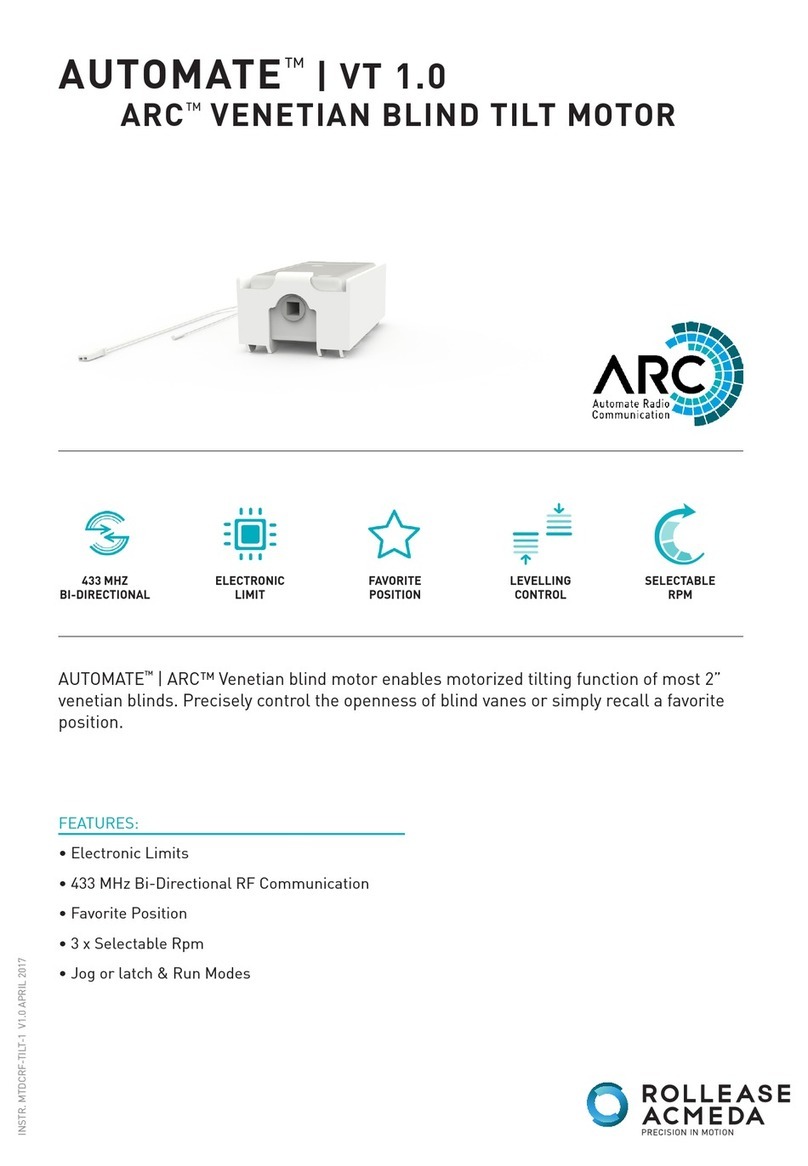
rollease acmeda
rollease acmeda AUTOMATE ARC manual

Bosch
Bosch Active Line Plus Series Original operating instructions
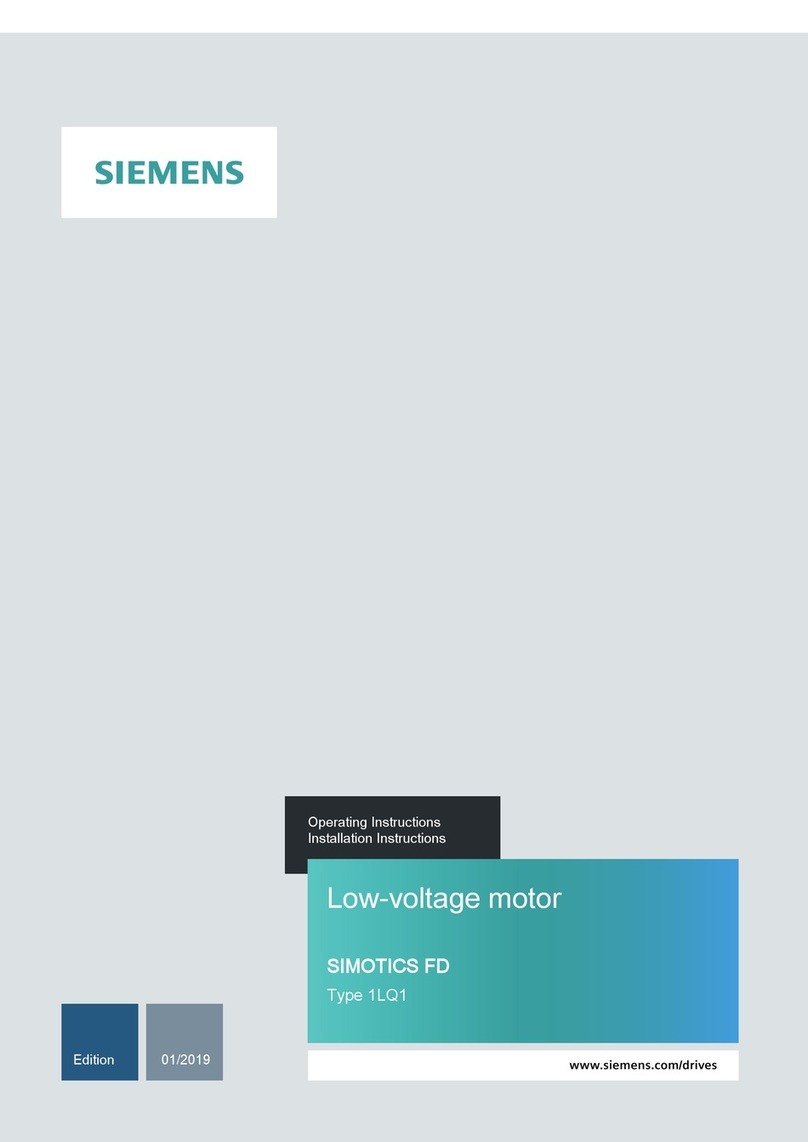
Siemens
Siemens SIMOTICS FD 1LQ1 operating instructions
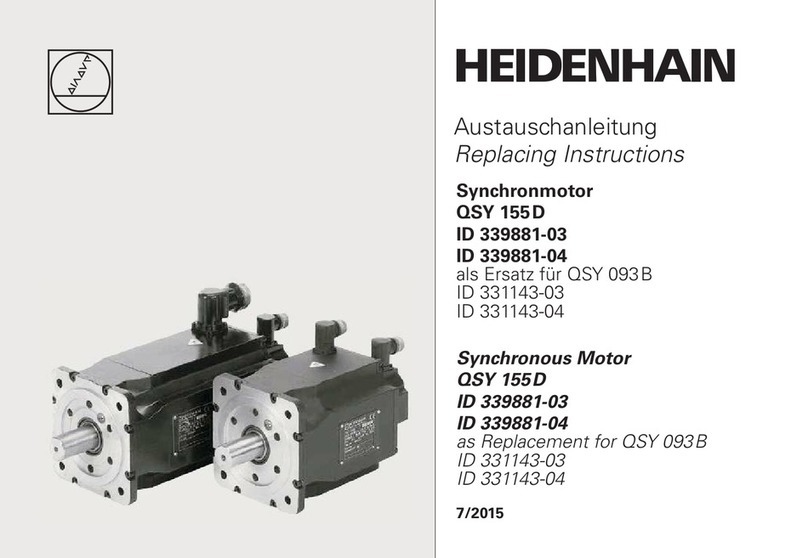
HEIDENHAIN
HEIDENHAIN QSY 155D Replacing Instructions
